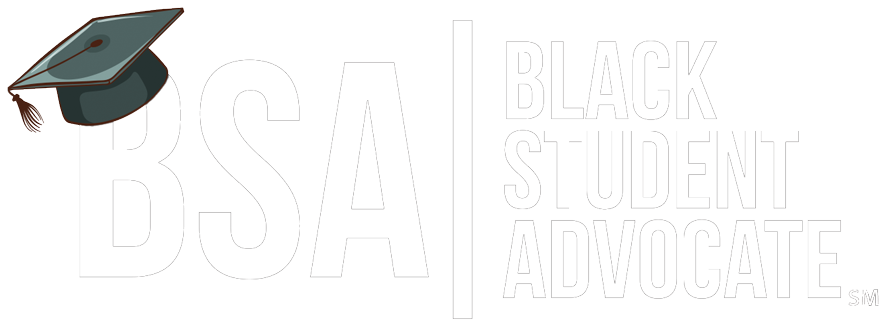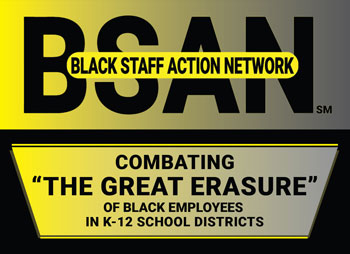Racism in the classroom is a serious issue that persists despite efforts to create inclusive and equitable learning environments. Black students, in particular, face unique challenges and barriers that can negatively impact their educational experiences. In response to this ongoing problem, The Black Student Advocate Network (BSAN) has emerged as a powerful force for change. In this blog, we will explore the importance of BSAN and offer practical strategies for addressing and combating racism in the classroom.
The Importance of BSAN
The Black Student Advocate Network (BSAN) is a student-led organization that promotes Black students’ academic success and well-being. BSAN was founded on equity, inclusion, and social justice principles and aims to create a supportive and empowering community for Black students. Through advocacy, education, and outreach, BSAN works to address the systemic issues that contribute to racism and discrimination in the classroom.
BSAN is an important resource for Black students who often feel isolated and marginalized academically. By providing a safe and supportive space for Black students to connect and share their experiences, BSAN helps to build a sense of community and belonging. BSAN also works to educate non-Black students, faculty, and staff about the experiences of Black students and the impact of racism on their academic achievement.
Practical Strategies for Addressing Racism in the Classroom
1. Educate Yourself
Before you can effectively address racism in the classroom, it’s important to educate yourself about the experiences of Black students and the impact of racism on their academic achievement. Take the time to read articles, books, and other resources about this topic. Attend workshops and conferences focused on equity and inclusion in education. By educating yourself, you will be better equipped to recognize and address instances of racism in the classroom.
2. Create an Inclusive Classroom Environment
Creating an inclusive classroom environment is critical for promoting equity and addressing racism. Review your course materials and syllabus to ensure they are inclusive and represent diverse perspectives. Incorporate diverse readings, films, and other materials into your curriculum. Create opportunities for students to share their perspectives and experiences in class discussions and assignments.
3. Address Microaggressions
Microaggressions are subtle, often unintentional acts of discrimination that can be deeply harmful to Black students. Examples of microaggressions include:
• Assuming that a Black student is from a disadvantaged background.
• Using stereotypical language or accents when referring to Black students.
• Assuming that a Black student is an athlete rather than an academic.
When you hear or witness a microaggression, addressing it directly and respectfully is important. This can create a more inclusive and supportive classroom environment.
4. Advocate for Change
Advocacy is a powerful tool for addressing racism in the classroom. You can advocate for change by working with BSAN and other student organizations to raise awareness about the impact of racism on Black students. You can also advocate for policy changes at your school or district level that promote equity and inclusion in education. By advocating for change, you can help to create a more just and equitable learning environment for all students.
5. Reflect on Your Own Biases
It’s important to recognize that we all have biases, even if we don’t realize it. Take the time to reflect on your biases and how they may impact your interactions with Black students. Seek feedback from colleagues and students to understand how your biases may affect your teaching. By reflecting on your own biases and working to mitigate their impact, you can create a more inclusive and equitable classroom environment.
Conclusion
Racism in the classroom is a serious problem that can have a profound impact on the educational experiences of Black students. The Black Student Advocate Network (BSAN) is an important resource for addressing this issue and offers valuable support and resources for Black students. By educating ourselves, creating inclusive classroom environments, addressing microaggressions, advocating for change, and reflecting on our own biases, we can work to combat racism in the classroom and create a more just and equitable learning environment for all students.







Share This Page